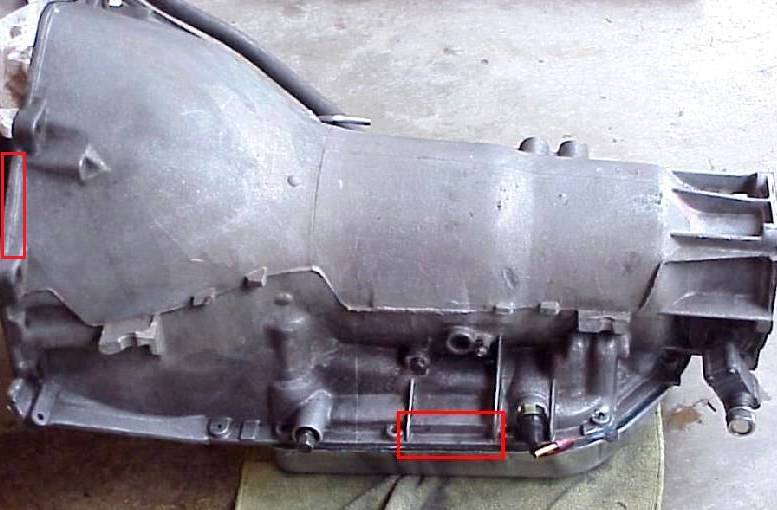
- #CHEVROLET TRANSMISSION STAMP 18J296452 MANUAL#
- #CHEVROLET TRANSMISSION STAMP 18J296452 CODE#
- #CHEVROLET TRANSMISSION STAMP 18J296452 SERIES#

#CHEVROLET TRANSMISSION STAMP 18J296452 SERIES#


In fact, I think it was several years before people realized that Chevrolet had moved the VIN stamping to the block rough cast surface. There is essentially zero chance that the VIN would be machined away (accidentally) if it placed down there on the cast surface. Why should we care if those 'meaningless' stampings were removed~? As muscle car owners, street racers, etc. By 1969, many machine shops and owners were decking their blocks for increased compression, which in addition to 'removing the 'engine application stamping', would also remove the VIN (if it stamped on the deck surface. association of the engine with a specific vehicle, theft deterrent, etc. Supposedly the reason for the VIN stamping on the engine is for 'legal purposes'. One potential reason for that, as I ponder the possibilities, is as follows: You're not the only one to ponder the WHY of that move JohnZ.

The engine line inspector wrote the engine, transmission, and carburetor codes on the Broadcast Copy and put the sheet in a box for pickup by a Scheduling clerk (needed to create the P-O-P at the end of the Final Line)." Engine oil and transmission lube were added, and the completed engine/transmission assembly was conveyed to the Chassis Line for installation in the subframe.
#CHEVROLET TRANSMISSION STAMP 18J296452 MANUAL#
pump, diverter valve and air manifolds, drive belts, dipstick and tube, oil filter, engine and transmission mounts, PCV plumbing, vacuum fittings, fuel pump and fuel line, radiator hoses, and (if applicable) the transmission-mounted 4-speed manual shifter and linkage was installed and adjusted (3-speed manual floor shifters were mounted on the cross-member and adjusted later on the Chassis line). From here on, all the detail dress items were added (plug wires, coil, engine harness, battery cables, carburetor, pulleys, alternator, starter, fan and clutch, A/C compressor, power steering pump, transmission cooler lines and fill tube, A.I.R. The VIN derivative numbers were stamped in the next operation on both the engine pad and the transmission, using a gang-stamp holder and a hammer. Another operator on the other side of the line repeated the process with the specified transmission, which was then installed and bolted to the engine on automatics, an air tool was used to rotate the flexplate, and the converter bolts were driven, followed by the lower cover. The specified engine was hoisted out of the rack and transferred to the next hook on the overhead engine dress line conveyor, where the throwout bearing (on manuals) was greased and installed, along with the clutch fork boot.
#CHEVROLET TRANSMISSION STAMP 18J296452 CODE#
"In the engine schedule area, the operator grabbed the next Broadcast Copy from the printer, verified the sequence number, noted the engine code required for that car, and moved an air-powered overhead hoist on traveling bridge rails over the correct engine rack. From JohnZ's Camaro Assembly Process Report.


 0 kommentar(er)
0 kommentar(er)
